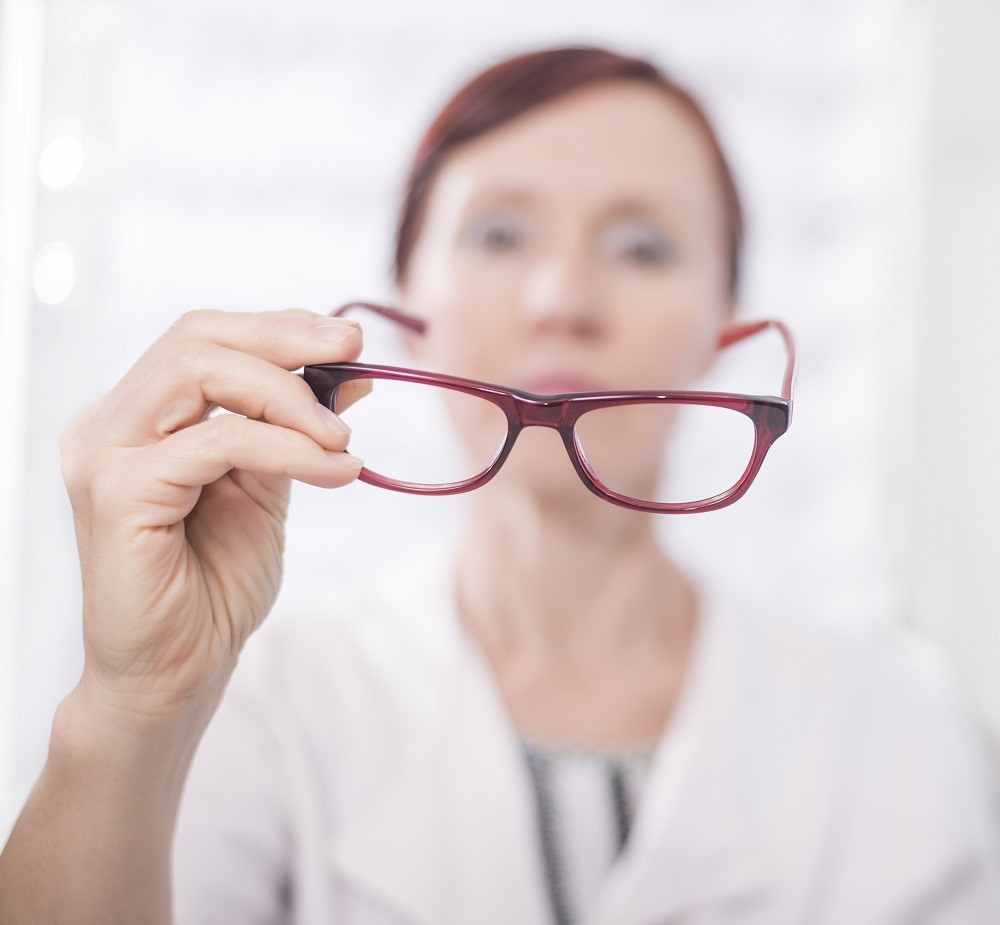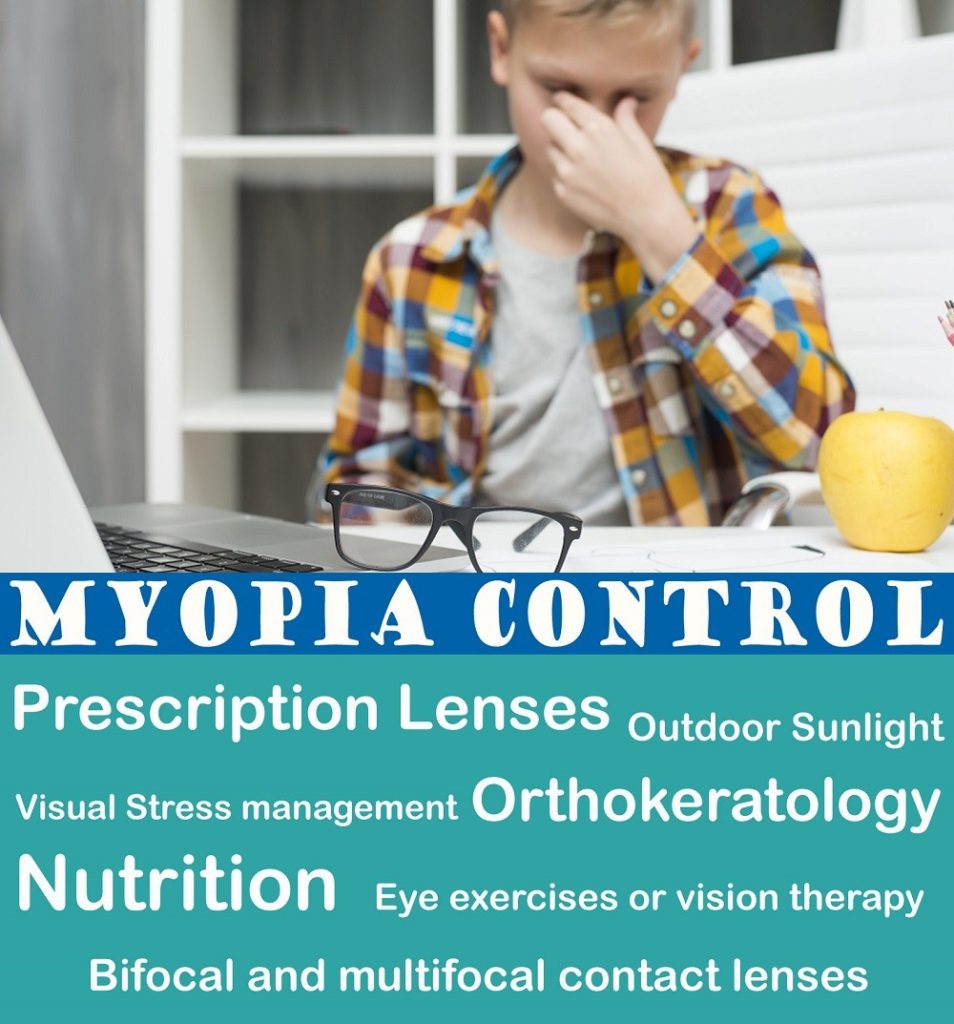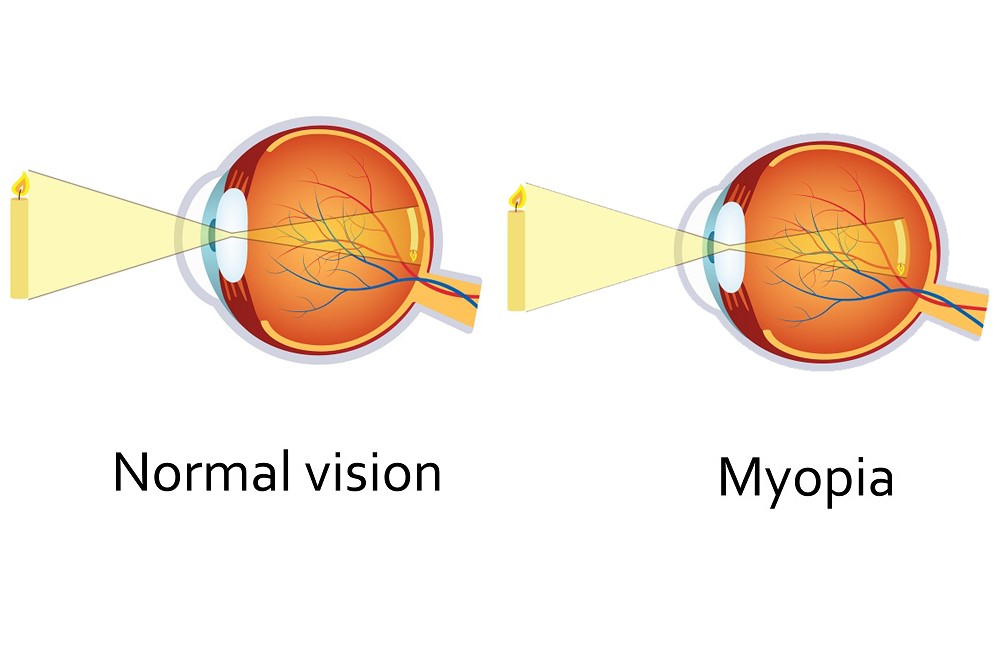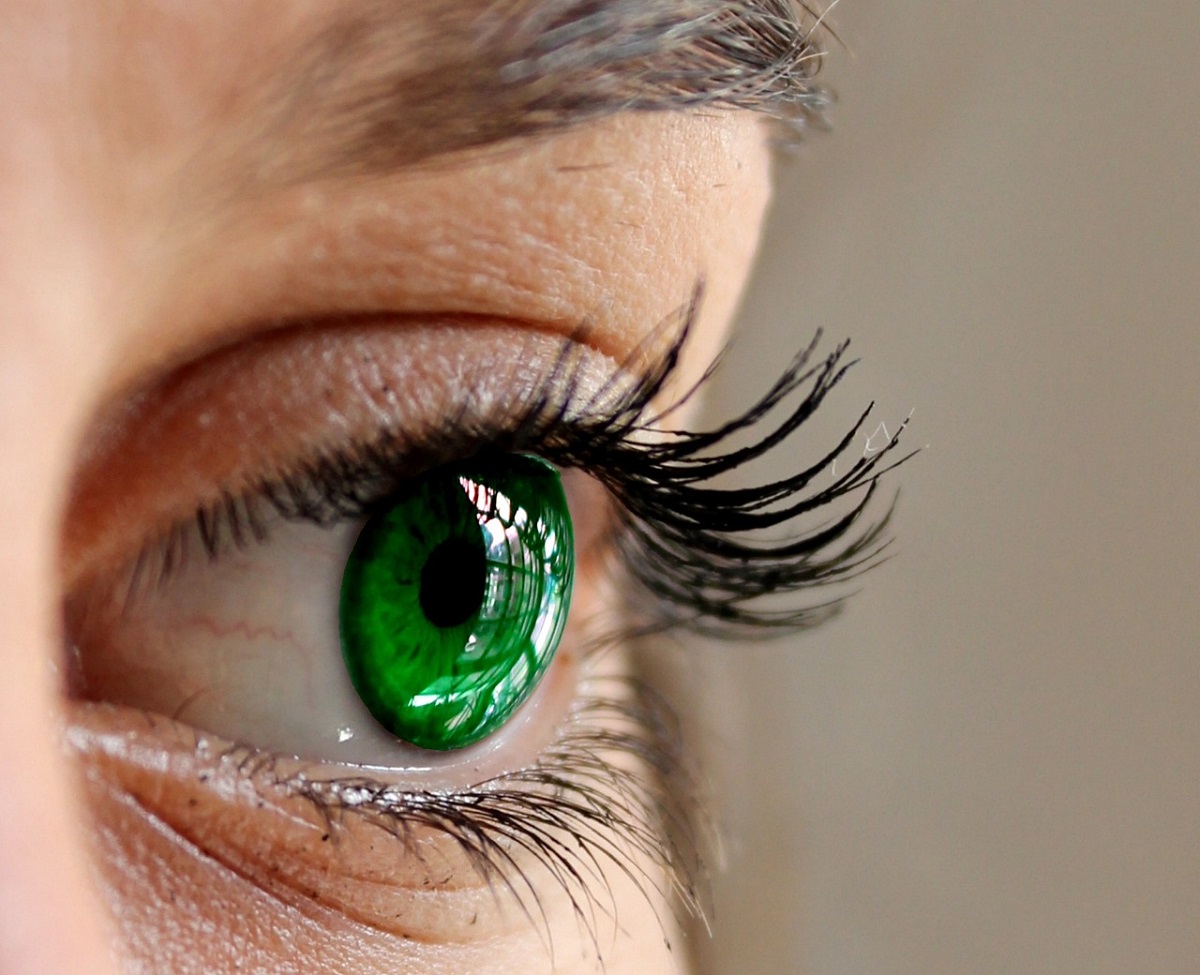Shortsightedness or myopia impacts a significant percentage of the population. People, who suffer from short-sightedness cannot see the objects at a distance. Shortsightedness can be corrected with the help of glasses, contact lenses or surgery.
Still, the growing prevalence of the eye condition is indeed worrying and in some of the East Asian countries, more than 90% of the population suffers from myopia.
Significant racial differences are reported in the prevalence of myopia and the cases are higher in the Asian populations than the white populations.
Currently, about 22% of the world population has myopia and the percentage is expected to increase to about 505 by 2050. Hence, it is no surprise to see the governments and the health care institutions looking for shortsightedness control and care before it becomes a sight-threatening problem.
Table of Contents
Risks of Shortsightedness:
Shortsightedness develops when the light rays are able to create images correctly into the eye and transmit images to the brain. The eyeball becomes too long or excessive curvature of the cornea prevents the images to get focussed.
Shortsightedness or myopia is associated with choroidal degeneration, retinal detachment, cataracts, and glaucoma. WHO has recently claimed that high myopia is associated with a higher risk of blindness and it has become a major public health issue.
The retina can stretch out and become thin because of the eye problem and it can develop holes and tears. The retina may even separate from the blood vessels and one may even become blind.

Controlling the conditions and promoting shortsightedness control can help benefit millions across the world. There are various treatment options like gas permeable contact lenses, bifocal spectacles and under correction of myopia that are proving to be effective strategies for myopia control.
Controlling Shortsightedness:
There is ample evidence to suggest that lifestyle and environmental factors play an important role in the development of myopia in young children. Socioeconomic status, higher time spent outdoors, urbanization and prolonged education are some of the risk factors that raise the risks of myopia.
Eye care practitioners recommend soft bifocal contact lenses and orthokeratology that are known to slow myopia progression. Although atropine is effective for myopia control, it is not prescribed due to the side effects.
Pirenzepine is another pharmaceutical agent and with few near-vision issues, but it is not available commercially yet. The eye care practitioners, prewets and patients must work together to learn about Shortsightedness control and lower the risk of any complications. Such effects can certainly help improve the quality of life of an individual.

FDA has still not approved any methods for Shortsightedness control and to slow the progression of myopia. Topical pharmaceuticals are not preferred because of the side effects and as they may not provide a clinically meaningful effect.
There are still many questions that are still unanswered about slowing and controlling myopia progression.
Latest Update on Shortsightedness Control:
There are huge economic costs involved with the treatment and costs of myopia. The onset of myopia can be traced back to a young age and its mechanism is still not well understood.
Recent clinical trials do suggest that atropine eye drops do help in shortsightedness control and slow down its progress. Atropine treatment has been involved in clinical practices in some countries.
Education and awareness can build long-term compliance and adherence and get optimal results. Healthier lifestyle and good eye-care habits should not be ignored when looking for Shortsightedness control.
Currently, glasses or contact lens and Refractive surgery are known to control and cure myopia. Refractive surgery removes the dependence on glasses and is the most common surgery used to correct nearsightedness.
However, further research needs to be done in this field and there are still areas of ambiguity in Shortsightedness control and treatment strategies.

Alex is fascinated with “understanding” people. It’s actually what drives everything he does. He believes in a thoughtful exploration of how you shape your thoughts, experience of the world.



